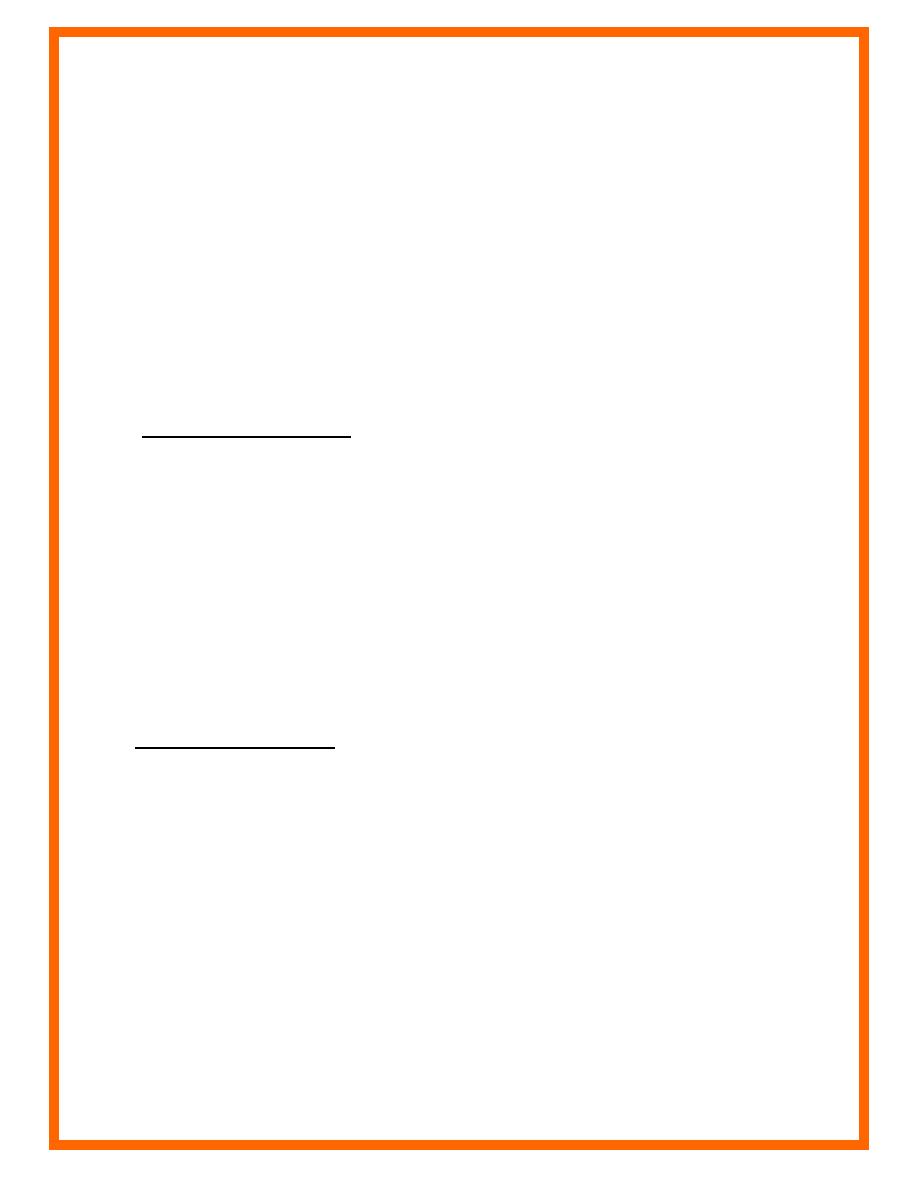
ERDC/CHL CETN-IV-24
March 2000
methods are the lead line or sounding disk measurements and the sounding pole. The com-
pilation of bathymetric data can be somewhat complicated; criteria and present policy and
guidance that the USACE uses for performing hydrographic surveying can be found in USACE
EM 1110-2-1003 (1994). The channel-sweep systems are simply a series of standard 200-kHz
transducers mounted on booms that are lowered over the side of the boat. These systems are
designed to provide 100 percent coverage over a given width or swath. To capture 100 percent
coverage of the project site, the boat must run lines that overlap. Most Districts where fluid mud
is present in the channel and surrounding areas perform surveys with dual frequency echo
sounders. A dual frequency echo sounder transmits by 24- and 200-kHz transducers. Another
technique to measure the fluid mud layer is called the Towed Density Follower (TDF). The
instrument follows a specific density layer to map the navigable depth in a channel. The shape
and density of the instrument enable it to follow the desired density layer. Data is transmitted
through a cable to the surface where it is input into the hydrographic survey package as a generic
fathometer signal.
8. Multi-beam swath systems. The multi-beam swath systems employ phased array or
interferometric techniques from a single point, from which detailed terrain cross-section data can
be developed many times per second. This technique can provide detailed, high-resolution
bathymetry data.
The USACE has developed surveying technology known as SHOALS. SHOALS is a helicopter-
mounted system that uses Light Detection and Ranging (LIDAR) technology to collect
bathymetric
data
in
the
coastal
zone.
For
more
information
visit
(http://shoals.sam.usace.army.mil). This technique is efficient for surveys over large areas and
exceeds the capabilities and efficiency of traditional survey methods. This technique is
applicable in shallow water (depth less than 10-20 m depending on water clarity) without a high-
suspended sediment load. SHOALS can collect data in areas that are normally too shallow for
standard methods. Figure 3 is an example of SHOALS data taken at an inlet. The contours and
color shading were developed inside the HyPAS GIS System (Pratt and Cook 1999).
1. Bottom sediment sampling. Depending on project objectives, the USACE requires many
different types of bottom sediment samplers ranging from large-volume samplers taken from
a fixed platform to smaller over-the-side samplers easily operated from a small vessel.
a. Vibracore samplers typically require a stable platform to capture the samples. This
method is used when deeper core samples are needed to classify the underlying bed
material. This method of sampling and the analysis of the samples are usually expensive,
so the need and the quantity of the samples must be weighed against the cost of the
samples.
b. The push-core sampler consists of a 1.5-in.-diameter PVC pipe, 18-in. in length.
Attached to this is a smaller section of pipe with a valve attached at the upper end. The
purpose of the valve is to create a reduced pressure holding the sample in the larger-
diameter pipe. The samples are then brought to the surface and classified by visual
inspection or sent to a laboratory for more detailed analysis.
9


 Previous Page
Previous Page
